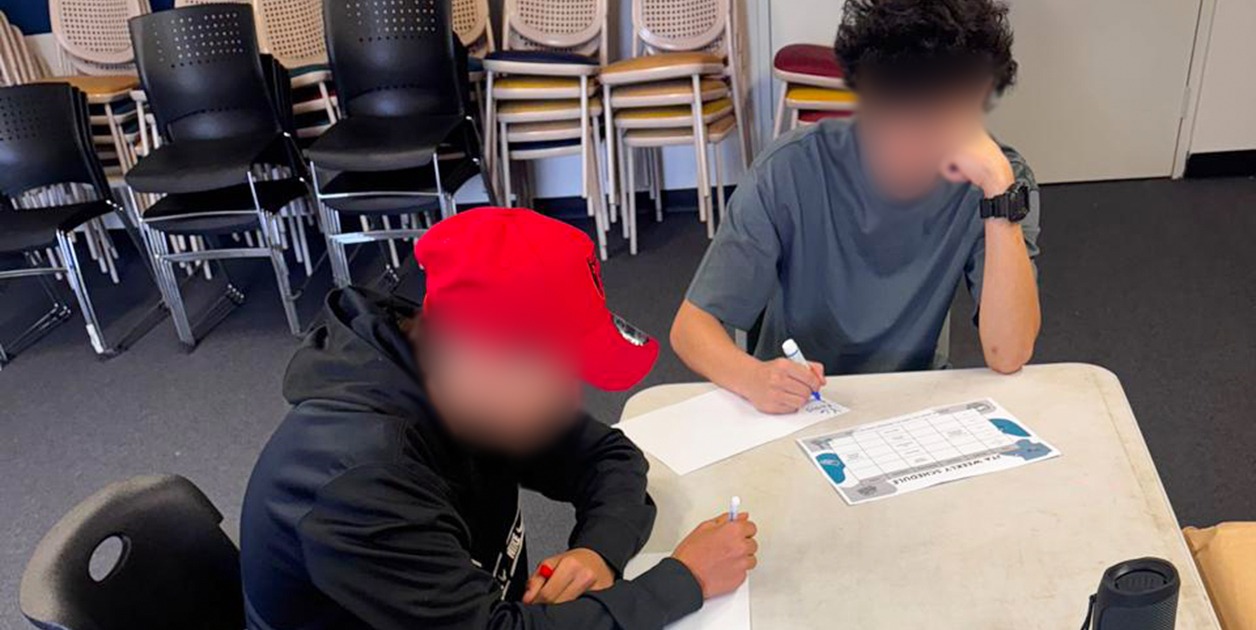
Understanding the Youth Unemployment Crisis in Australia
Australia, a nation known for its economic resilience and multicultural vibrancy, is currently grappling with a silent yet significant challenge: youth unemployment. While the country has enjoyed stable employment growth in various sectors, young Australians aged 15–24 continue to face disproportionately high unemployment rates compared to the general population.
This youth unemployment crisis is more than just a statistic—it reflects structural inequalities, educational mismatches, and missed opportunities that can have long-term societal and economic consequences.
Understanding the youth unemployment rate in Australia and addressing its root causes is vital. Organisations like the Johnathan Thurston Academy (JTA) are playing a pivotal role in tackling this issue through targeted programs that empower, educate, and employ Australia’s next generation. In this article, we unpack the causes, consequences, and solutions to youth unemployment, and how initiatives like JTA’s programs are driving real change.
What Is the Youth Unemployment Rate in Australia?
The youth unemployment rate refers to the percentage of the labour force aged 15–24 who are actively looking for work but are unable to find it. According to the Australian Bureau of Statistics (ABS), youth unemployment typically sits around 10–12%, often double the national average.
This rate varies depending on geography, socioeconomic background, education level, and Indigenous status. Remote communities and marginalised groups, including Aboriginal and Torres Strait Islander youth, are disproportionately affected.
Key Causes of Youth Unemployment in Australia
1. Lack of Work Experience
Many young people face the classic catch-22: employers want experience, but experience can’t be gained without a job. This creates a barrier that’s especially steep for school leavers.
2. Education and Skills Mismatch
The education system doesn’t always align with current labour market demands. As a result, many young people graduate with qualifications that are not in demand or lack the soft skills employers seek.
3. Limited Access to Networks
Young Australians, particularly from low-income or regional backgrounds, often lack access to professional networks that can help with job placements or mentorship.
4. Geographic Disadvantage
Youth in remote or regional areas have fewer job opportunities due to limited local industry and infrastructure.
5. Mental Health and Social Barriers
Issues like anxiety, depression, lack of confidence, or poor family support systems can hinder a young person’s job readiness and perseverance.
The Consequences of High Youth Unemployment
1. Economic Strain
Youth unemployment results in billions of dollars in lost productivity and increased reliance on welfare systems.
2. Mental Health Decline
Unemployment, particularly during formative years, is closely linked with low self-esteem, depression, and feelings of hopelessness.
3. Increased Risk of Long-Term Unemployment
Early experiences of joblessness can lead to long-term disengagement, making it harder to re-enter the workforce later.
4. Social Disconnection and Crime
Without purpose or structure, unemployed youth may experience isolation or turn to risky behaviours.
How the Johnathan Thurston Academy Is Making a Difference
The Johnathan Thurston Academy (JTA) was established by legendary NRL player Johnathan Thurston to inspire, educate, and support young Australians on their journey to meaningful employment and personal growth.
JTA addresses youth unemployment by providing structured programs tailored to the specific challenges young Australians face.
JTA Programs That Combat Youth Unemployment
JTSucceed
A youth-led employment readiness program designed to help young people prepare for real-world jobs through:
- Resume and cover letter support
- Interview training and mock sessions
- Weekly workshops (online and in-person)
- Mentoring by experienced professionals
- Partnerships with employers for placement opportunities
JTYouGotThis
Early intervention program for at-risk youth aged 11–17, focusing on:
- Emotional resilience and confidence building
- Goal setting and behavioural transformation
- Life skills including budgeting and planning
JTBelieve
Designed to enhance school engagement and build leadership skills among youth and their families:
- Community-based learning and leadership development
- Mentoring and goal mapping
- Exposure to success stories from diverse backgrounds
JTLeadLikeAGirl
Empowers young women through leadership training, sport, and personal development:
- Female-led coaching and mentoring
- Confidence building and public speaking
- Support for overcoming gender-specific employment challenges
Cultural Inclusion and Indigenous Employment
JTA’s programs are culturally inclusive, particularly focused on supporting Aboriginal and Torres Strait Islander youth, who often face additional systemic barriers to employment.
Key features include:
- Culturally safe environments
- Indigenous mentors and role models
- Elders’ involvement and community storytelling
- Employment pathways designed with cultural sensitivity
The Role of Employers in Reducing Youth Unemployment
Businesses can significantly impact youth employment rates by:
- Creating entry-level roles and internships
- Offering flexible job structures
- Providing mentorship and on-the-job training
- Partnering with youth organisations like JTA
Workplaces that embrace youth development benefit from fresh perspectives, increased innovation, and long-term employee loyalty.
How Government and Policy Can Help
To address youth unemployment at scale, government agencies must:
- Increase funding for community-led employment programs
- Ensure alignment between education systems and labour market needs
- Promote regional development and digital infrastructure
- Create incentives for businesses that hire and train young people
JTA’s alignment with national “Closing the Gap” and workforce participation goals positions it as a model partner for public sector support.
A Call to Action for All Australians
Youth unemployment in Australia is a crisis that demands urgent, collaborative action. It is not just about economics—it’s about dignity, purpose, and the future of our country.
Through holistic, culturally aware programs, the Johnathan Thurston Academy is proving that youth unemployment is a solvable challenge. With continued support from businesses, government, and communities, we can ensure that every young Australian, regardless of background, has the opportunity to succeed.
Get Involved Today. Visit jtacademy.com.au or email info@jtacademy.com.au to find out how you can contribute to solving Australia’s youth unemployment crisis.



